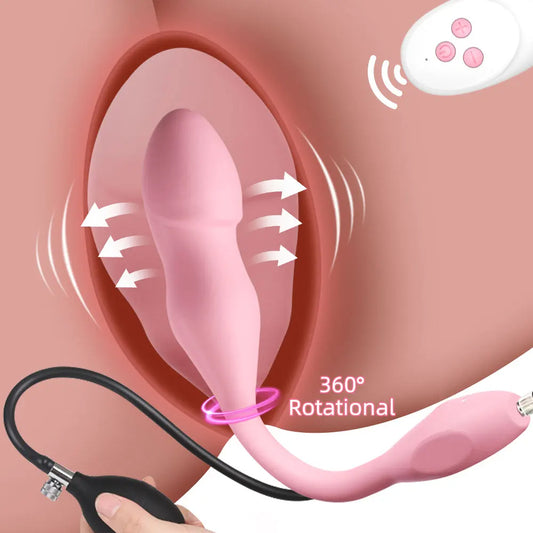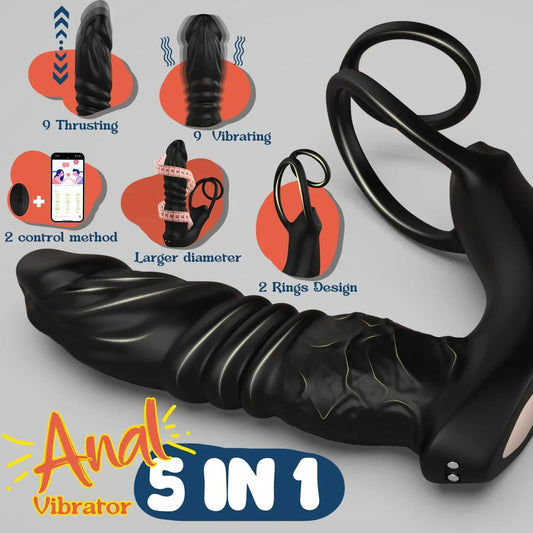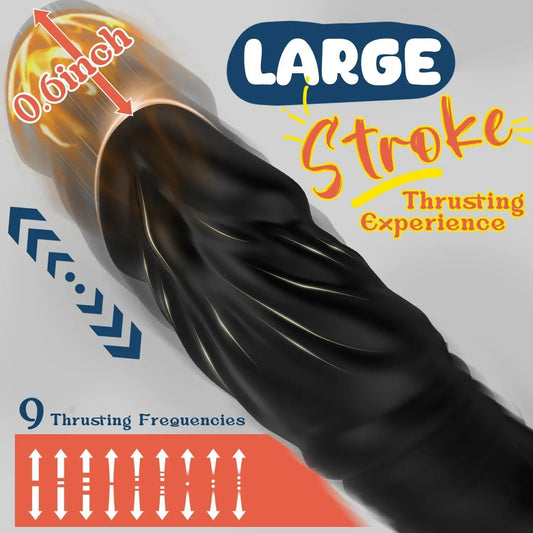
BDSM - Endless Possibilities for Creative and Consensual Play.
Bondage is one of the most exciting and versatile aspects of BDSM, whether you're new to the scene or looking to expand your repertoire, understanding the different types of bondage can help you and your partner explore new levels of intimacy and trust.
This guide will introduce you to various forms of bondage, providing professional insights into how each type can enhance your BDSM experience.
1. Rope Bondage: The Art of Shibari
Rope bondage, often referred to as shibari when practiced in its Japanese form, is one of the most iconic types of bondage. It involves using ropes to create intricate patterns on the body, often emphasizing aesthetics as much as restraint.
- Key Elements: Rope bondage requires skill and patience. The process of tying can be as much a part of the experience as the final result, with the slow, deliberate wrapping of rope creating a deep connection between partners.
- Benefits: The versatility of rope allows for a wide range of positions and levels of restraint. It’s also highly customizable, making it suitable for both beginners and advanced practitioners.
- Safety Tips: Always monitor circulation and avoid tying ropes too tightly. Learning basic knots and safety techniques is crucial before diving into rope bondage.
2. Handcuffs and Restraints: Simple and Effective
Handcuffs and restraints are perhaps the most straightforward tools for bondage, perfect for those just starting to explore BDSM.
- Key Elements: These tools are designed to limit movement, creating a sense of vulnerability and control. They can be made from various materials, including metal, leather, and even soft fabrics for a more comfortable experience.
- Benefits: Handcuffs and restraints are easy to use and require minimal setup, making them ideal for spontaneous play. They also allow for a quick release, which is important for maintaining safety.
- Safety Tips: Ensure that restraints are not too tight and that you have a safe word or signal in place. It's also a good idea to keep keys or release mechanisms easily accessible.
3. Tape Bondage: A Versatile Option
Bondage tape is a unique and flexible option for those looking to try something different. Unlike traditional adhesive tapes, bondage tape sticks to itself without sticking to skin or hair, making it safe and easy to use.
- Key Elements: Bondage tape can be wrapped around the body to create restraints or even full-body wraps. It’s highly versatile and can be used to fashion everything from simple wrist restraints to complex body harnesses.
- Benefits: The tape is gentle on the skin and can be quickly applied and removed, making it a great option for those new to bondage. It’s also an affordable and accessible option.
- Safety Tips: Always avoid wrapping tape too tightly, especially around areas where it might restrict breathing or circulation. As with all bondage, communication with your partner is key.
4. Gags and Blindfolds: Enhancing Sensory Play
While not strictly a form of restraint, gags and blindfolds are often used in bondage to heighten the sensory experience and intensify the psychological aspects of play.
- Key Elements: Gags restrict speech, while blindfolds eliminate sight, forcing the restrained partner to rely on other senses. This can increase anticipation and make even the slightest touch feel more intense.
- Benefits: These tools are excellent for sensory deprivation and can be used to build trust and surrender between partners. They can also add an element of surprise to your play.
- Safety Tips: Ensure that the restrained partner can still breathe comfortably and that they have a safe way to signal if they need to stop. Never leave a gagged or blindfolded partner unattended.
5. Full-Body Restraints: Total Surrender
For those seeking a more immersive experience, full-body restraints can offer the ultimate in control and submission. These might include items like straitjackets, body bags, or even bondage furniture like St. Andrew's crosses.
- Key Elements: Full-body restraints are designed to immobilize the body completely, offering a deep sense of vulnerability and trust. They often require more planning and setup but can provide a highly intense experience.
- Benefits: This type of bondage can create a powerful dynamic between partners, emphasizing the themes of dominance and submission. It’s ideal for those who enjoy the psychological aspects of BDSM.
- Safety Tips: As with all forms of bondage, communication is essential. Ensure that the restrained partner is comfortable and that all necessary safety precautions are in place. Always have a clear plan for releasing the restraint quickly if needed.
Choosing the Right Bondage for You
Bondage is a deeply personal aspect of BDSM, and what works for one couple may not work for another. The key to a successful bondage experience is communication, trust, and a willingness to experiment. Whether you’re drawn to the artistry of rope bondage or the simplicity of cuffs, there’s a form of bondage out there that can add excitement and depth to your BDSM play.
As always, prioritize safety and mutual consent in all your explorations. With these principles in mind, bondage can become a powerful tool for connection, pleasure, and growth in your intimate relationships.














































